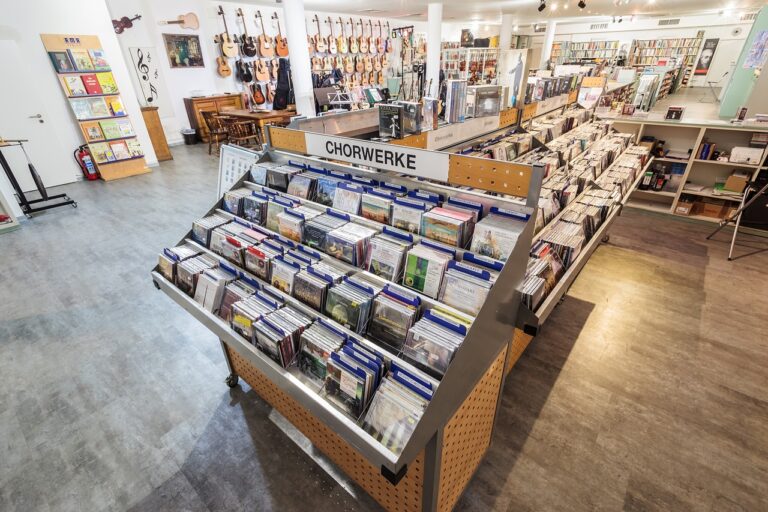The Impact of E-commerce on Brick-and-Mortar Retail
Consumer behavior has undergone significant changes in recent years, driven by advancements in technology and shifts in societal norms. With the rise of e-commerce and mobile shopping, consumers now have unprecedented access to products and services from anywhere at any time. This convenience has not only transformed the way people shop but has also altered their expectations of the retail experience.
Moreover, the proliferation of social media and online reviews has empowered consumers to make more informed decisions. People now rely on peer recommendations and online ratings to guide their purchasing choices, bypassing traditional marketing tactics. This trend has forced retailers to adapt their strategies to meet the demands of savvy and discerning customers who value authenticity and transparency in their interactions with brands.
Challenges Faced by Brick-and-Mortar Retailers
Brick-and-mortar retailers are facing increasing competition from online retailers. The convenience of shopping from the comfort of one’s home, coupled with a wide range of products and competitive pricing, poses a significant challenge to traditional brick-and-mortar stores. This shift in consumer behavior towards online shopping has forced retailers to adapt their strategies to stay relevant in the current market landscape.
Another challenge faced by brick-and-mortar retailers is the growing trend of showrooming, where customers visit physical stores to view products in person but make their purchases online. This behavior not only affects sales directly but also impacts the overall shopping experience in-store. Retailers must find ways to combat showrooming by enhancing the in-store experience, providing personalized customer service, and offering exclusive in-store promotions to entice customers to make purchases on-site.







